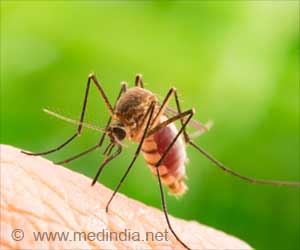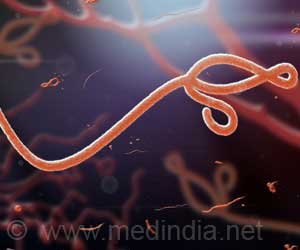Sniffing can infect your brain with bacteria Burkholderia pseudomallei and kill you within one day

TOP INSIGHT
A simple act of sniffing could put your life at risk. The deadly bacteria Burkholderia pseudomallei known to cause the fatal Melioidosis could gain its entry through your nose into the brain and spinal cord and cause death in less than a day.
Researches were not sure about how the pathogen gained its entry when a new study was done using lab mice. This has revealed that the bacteria can be transmitted from the trigeminal nerves in nasal cavity to the brain and spinal cord (CNS- central nervous system) within 24 hours.
After intranasal inoculation of mice, B. pseudomallei caused low-level localized infection within the nasal cavity epithelium, before invading the trigeminal nerve in small numbers. B. pseudomallei rapidly invaded the trigeminal nerve and crossed the astrocytic barrier to enter the brainstem within 24 hours and then rapidly progressed over 2,000 μm into the spinal cord, the researchers reported in their findings which was published in the journal Infection and Immunity .
Study researcher Ifor Beacham from Griffith University's Institute for Glycomics, said that it has long been known that the olfactory mucosa, in the nose which lies close to the brain, serves as a pathway for pathogens to reach the brain . "Our latest results represent the first direct demonstration of transit of a bacterium from the olfactory mucosa to the central nervous system (CNS) via the trigeminal nerve," Beacham added.
“Imagine walking around and you sniff it up from the soil and the next day you’ve got this bacteria in your brain and damaging the spinal cord,” said James St John, who is head of the Clem Jones Centre for Neurobiology and Stem Cell Research at Griffith University.
Scientists are looking for ways to remove the bacteria by stimulating the cells present around it.
Source-Medindia
 MEDINDIA
MEDINDIA




 Email
Email










